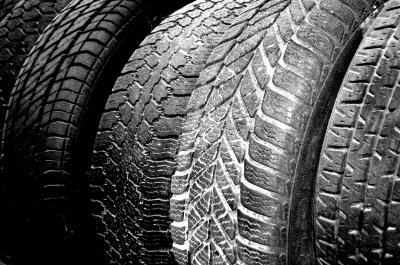The work is timely, as Wastefront gears up to play a crucial role in eliminating the UK’s waste tyres export, by creating a local, circular solution to a global problem. Through preventing the burning of waste tyres in cement kilns, Wastefront will use commercial operating technologies to convert end-of-life-tyres (ELTs) into useful commodities including rCB.
The study will focus on rCB interaction with rubbers and its correlation with prospective industrial applications, directly supporting Wastefront’s efforts to enable the rCB it produces to be used in new products. The scope of work undertaken by Newcastle University over the next 18 months will:
Quantify the interaction of the rCB with a set of different solvents which have varying degrees of dispersion interaction.
Develop methods to better understand the nature of the surface within the rCB material.
Investigate applications for the rCB in other materials.
Of significance, within this scope of work, the study will develop methods to reduce inorganic components in rCB, improving its chemical and material properties to ensure Wastefront produces a superior product compared with its rCB competitors. This will include identifying rCB reinforcement in rubber goods.
Wastefront uses pyrolytic reactors that utilise thermal depolymerisation known as ‘pyrolysis’ to break down a tyre’s materials at elevated temperatures. By sending tyres through these reactors, recovered carbon black (a substitute for virgin carbon ablack) is produced, in addition to combustible gas, liquid hydrocarbon, and heat. The carbon black is then washed and milled to upgrade the chemical properties and can be used as a complement to natural rubber in tyre production, mechanical rubber goods or as a filler for plastics.
Once fully operational in 2025, Wastefront’s £100 million tyre recycling plant in Sunderland will produce rCB from a supply of 20% of the UK’s yearly total of ELTs. By integrating Wastefront’s rCB into new tyres, the emissions for each tyre subsequently produced will be reduced by 80%.










